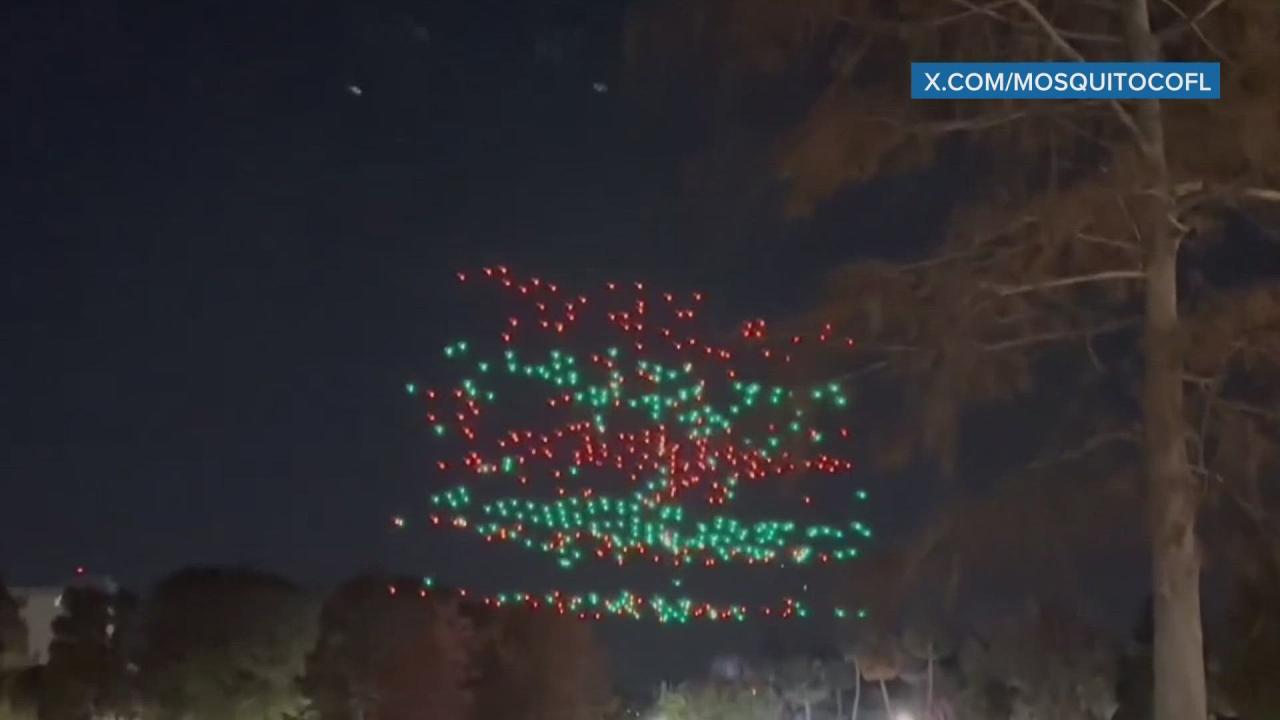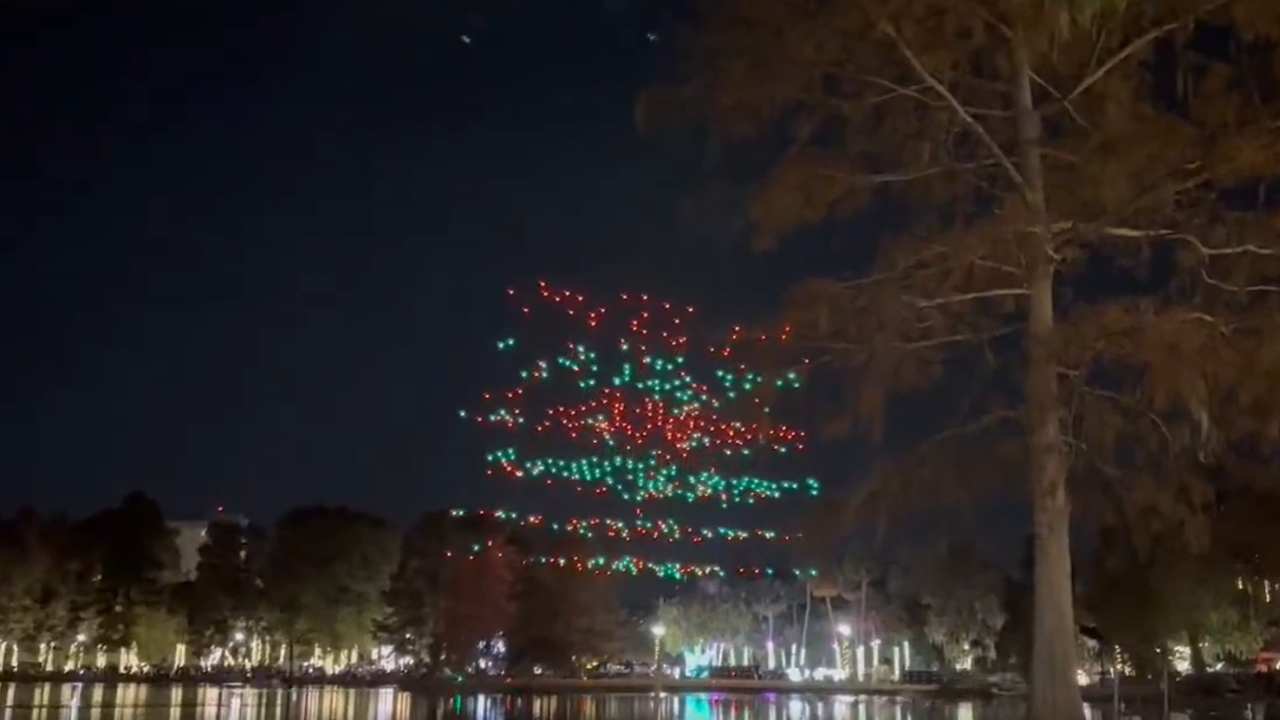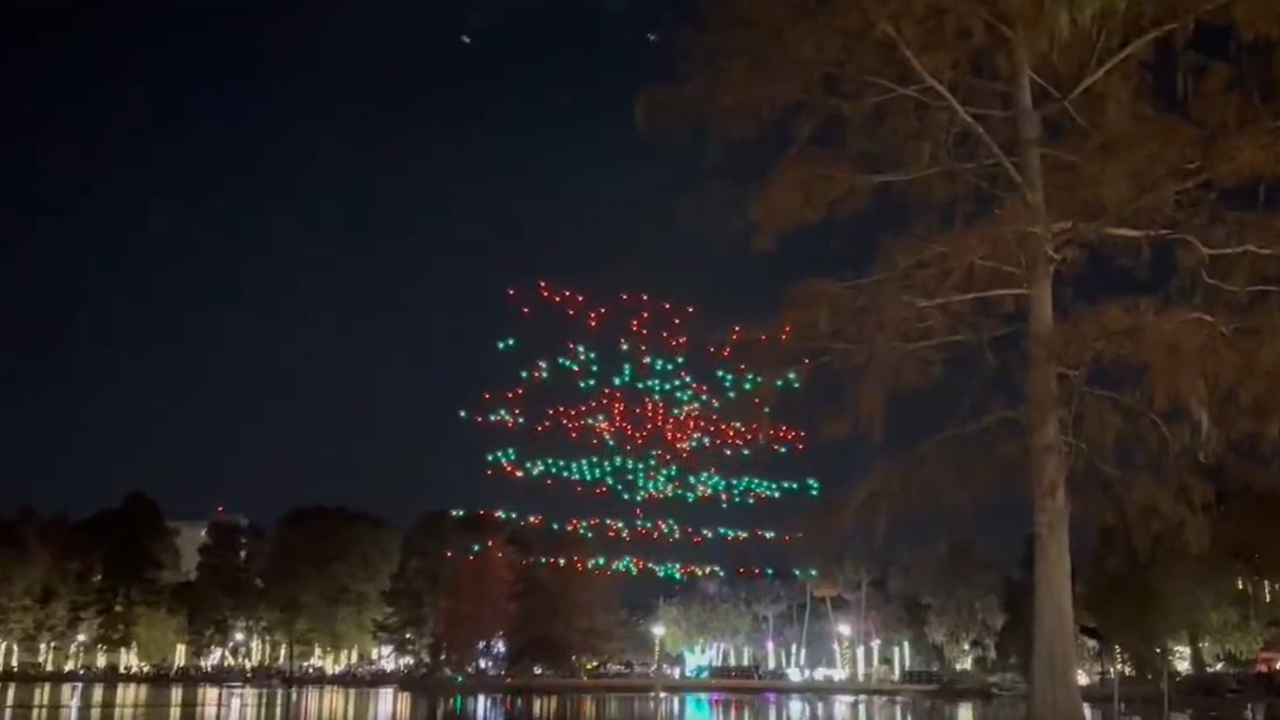Drone show accidents: They’re a captivating spectacle gone wrong, a sudden shift from dazzling lights to terrifying malfunctions. This guide dives into the causes, consequences, and prevention of these incidents, exploring everything from pilot error to technological failures and the crucial role of safety regulations. We’ll examine real-world examples and explore how technological advancements and improved safety protocols can help make drone shows safer for everyone.
From understanding the various types of accidents – malfunctions, collisions, and weather-related issues – to exploring the human element, like inadequate training and poor communication, we’ll leave no stone unturned. We’ll also delve into emergency response procedures, post-accident investigations, and the critical role of insurance and liability. Finally, we’ll look at how media coverage shapes public perception and how effective communication can mitigate negative impacts.
Drone Show Accidents: Understanding the Risks and Implementing Safety Measures
Drone shows, while visually stunning, carry inherent risks. Accidents can range from minor malfunctions to catastrophic events impacting both property and public safety. Understanding the various causes of these accidents, implementing robust safety protocols, and leveraging technological advancements are crucial for ensuring the future of this exciting entertainment sector. This article delves into the multifaceted aspects of drone show safety, examining accident types, safety regulations, technological solutions, emergency responses, and public perception.
Types of Drone Show Accidents

Drone show accidents stem from a complex interplay of factors, encompassing both technical malfunctions and human error. A thorough understanding of these contributing elements is vital for implementing effective preventative measures.
| Accident Type | Description | Frequency (Estimate) | Contributing Factors |
|---|---|---|---|
| Malfunctions | Failures in drone components such as motors, batteries, flight controllers, or GPS systems. | High | Poor maintenance, low-quality components, extreme weather conditions. |
| Collisions | Drones colliding with each other, obstacles, or other objects. | Moderate | Inadequate spacing, loss of GPS signal, pilot error, insufficient obstacle avoidance systems. |
| Weather-Related Incidents | Strong winds, rain, or other adverse weather conditions affecting drone stability and control. | Moderate | Failure to monitor weather forecasts, inadequate wind mitigation strategies. |
| Software Glitches | Unexpected software behavior leading to erratic drone movements or complete system failure. | Low | Poor software development practices, lack of rigorous testing, outdated software versions. |
| Communication Failures | Loss of communication between the pilot and the drones, leading to uncontrolled flight. | Low | Interference, range limitations, faulty communication equipment. |
Mechanisms of failure in drone components can vary. For instance, motor failures might result from overheating, while battery failures could stem from age or damage. GPS signal loss can be caused by interference or obstructions, leading to navigational errors and collisions. These failures highlight the need for robust redundancy and fail-safe mechanisms in drone systems.
Human factors, including pilot error, inadequate training, and poor communication, are significant contributors to drone show accidents. Insufficient training can lead to mistakes in pre-flight checks, flight planning, and emergency procedures. Poor communication among team members can result in confusion and miscoordination during the show, increasing the risk of accidents.
Safety Regulations and Protocols
Effective safety regulations and protocols are crucial for minimizing the risk of drone show accidents. Current regulations vary across jurisdictions but generally cover areas such as pilot licensing, drone registration, airspace restrictions, and operational procedures.
- The FAA in the United States requires drone pilots to obtain a Part 107 Remote Pilot Certificate.
- European Union regulations (EASA) mandate specific drone certifications and operational limits.
- Many countries require pre-flight risk assessments and approval from local aviation authorities for drone shows.
Improved safety protocols should include:
- Mandatory use of redundant systems for critical components (e.g., dual GPS receivers).
- Rigorous pre-flight checks and maintenance procedures.
- Implementation of advanced obstacle avoidance systems.
- Real-time monitoring and control systems to prevent collisions and malfunctions.
- Detailed emergency response plans with clearly defined roles and responsibilities.
Risk assessment methodologies vary, from simple checklists to sophisticated probabilistic models. Mitigation strategies can involve redundancy, fail-safes, and operational limitations based on the identified risks.
Drone show accidents, unfortunately, happen. Sometimes, a spectacular planned display can quickly turn into a chaotic mess. A prime example of this is a serious incident, like the one described in this article about a drone show crash , which highlights the importance of rigorous safety protocols. Learning from these incidents helps improve drone show safety measures and prevents future accidents.
Technological Advancements for Safety
Technological advancements are constantly improving drone show safety. These improvements focus on enhancing reliability, improving situational awareness, and providing robust safety nets.
- Improved GPS Systems: More accurate and resilient GPS systems, resistant to interference and signal loss.
- Obstacle Avoidance Technology: Sophisticated sensor systems (LiDAR, radar, cameras) enabling drones to autonomously detect and avoid obstacles.
- Redundant Systems: Multiple backup systems for critical components to ensure continued operation even in case of failure.
- AI and Machine Learning: AI algorithms can analyze flight data in real-time, detect anomalies, and predict potential failures, enabling proactive intervention.
- Drone-to-Drone Communication: Advanced communication protocols allowing drones to communicate with each other, sharing real-time location and status information, improving coordination and collision avoidance.
For example, consider a hypothetical scenario where a drone show experienced a sudden power outage affecting the central control system. With a redundant system in place, a backup control system could seamlessly take over, preventing a complete show failure and potential accidents.
Emergency Response and Procedures
A well-defined emergency response plan is critical for handling drone show accidents. This plan should Artikel clear communication protocols, roles and responsibilities of on-site personnel, and procedures for securing the area and recovering malfunctioning drones.
Effective post-accident investigations involve detailed data analysis from flight recorders, drone logs, and witness statements. Root cause analysis techniques help identify the underlying causes of accidents, leading to improvements in safety procedures and technologies.
Comprehensive insurance coverage and clear liability protocols are essential. Insurance should cover potential damage to property, injury to individuals, and the cost of investigations and remediation.
Public Perception and Media Coverage, Drone show accident
Media coverage significantly shapes public perception of drone show safety. Negative reports can create fear and distrust, impacting the industry’s growth and acceptance. Conversely, positive and informative reporting can build public confidence.
Effective communication strategies after an accident involve transparency, prompt information dissemination, and empathy towards affected parties. Open communication helps build trust and mitigate negative perceptions.
- Establish a dedicated communication team to manage media inquiries.
- Provide regular updates to the public on the investigation and remediation efforts.
- Be transparent about the causes of the accident and the steps being taken to prevent future occurrences.
- Show empathy and support for those affected by the accident.
Case Studies of Drone Show Accidents

Analyzing past drone show accidents reveals common patterns and trends, allowing for the development of more effective safety measures.
Drone show accidents, sadly, aren’t uncommon. These spectacular displays can go wrong in a flash, highlighting the need for rigorous safety protocols. A recent example of a similar incident involved a drone crash in Paris , underscoring the potential risks. Understanding the causes of such crashes is crucial for improving drone show safety and preventing future accidents.
| Date | Location | Description of Accident | Outcome |
|---|---|---|---|
| October 26, 2023 (Hypothetical) | Las Vegas, Nevada | A sudden wind gust caused multiple drones to lose control and collide, resulting in a partial show failure and some minor property damage. | Show partially cancelled; investigation launched; new wind mitigation protocols implemented. |
| December 15, 2022 (Hypothetical) | Dubai, UAE | A software glitch caused a group of drones to fly erratically, resulting in a near-miss with spectators. | Show temporarily halted; software updated; stricter testing procedures implemented. |
| March 8, 2021 (Hypothetical) | Sydney, Australia | Battery failure in a single drone caused it to fall from the sky, causing minor damage to a nearby building. | Show completed without further incident; battery inspection procedures revised. |
One hypothetical scenario: During a large-scale drone show in a city park, a sudden power surge caused a cascading failure in the control system. Hundreds of drones fell from the sky in a chaotic sequence, creating a potential disaster. A visual representation would show the initial organized grid formation of drones suddenly dissolving into random trajectories as they plummeted to the ground.
The sequence of events would illustrate the rapid progression from coordinated flight to uncontrolled descent, emphasizing the critical need for redundant systems and robust power protection measures.
Closure

Ultimately, preventing drone show accidents requires a multifaceted approach. It’s a blend of robust safety regulations, continuous technological advancements, rigorous pilot training, and a proactive approach to risk assessment and mitigation. By understanding the causes of past incidents and embracing innovative solutions, we can work towards a future where drone shows remain a spectacular form of entertainment without compromising safety.
This guide serves as a starting point for that crucial conversation, encouraging ongoing learning and collaboration within the drone show industry.
Detailed FAQs
What is the average cost of drone show insurance?
Drone show accidents, sadly, are a real concern; malfunctions can happen, even with the best planning. To see a spectacular and well-coordinated show, check out the impressive niagara falls drone show , a great example of how things should go. Learning from incidents and focusing on safety protocols is key to preventing future drone show accidents.
Drone show insurance costs vary greatly depending on factors like the number of drones, show complexity, and location. It’s best to obtain quotes from several insurers.
How long does a typical drone show accident investigation take?
Investigations can range from a few weeks to several months, depending on the complexity of the accident and the availability of evidence.
Are there specific certifications required for drone show pilots?
Regulations vary by location, but many jurisdictions require specific certifications and licenses for commercial drone operation, including drone shows. Check local aviation authorities for details.
What is the typical lifespan of a drone used in a show?
Lifespan depends on usage and maintenance, but generally, drones used in shows need regular servicing and may need replacement after a few hundred flight hours or a couple of years.
